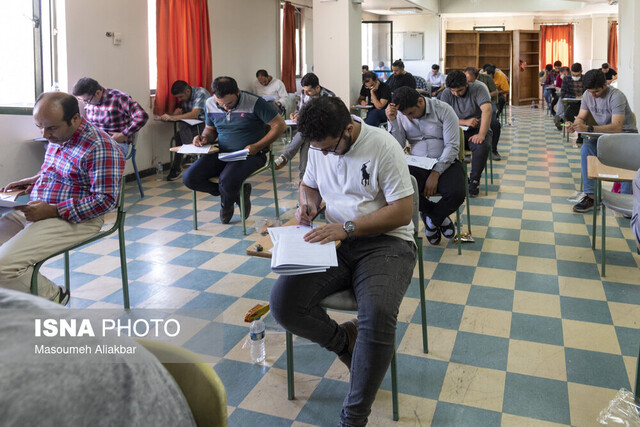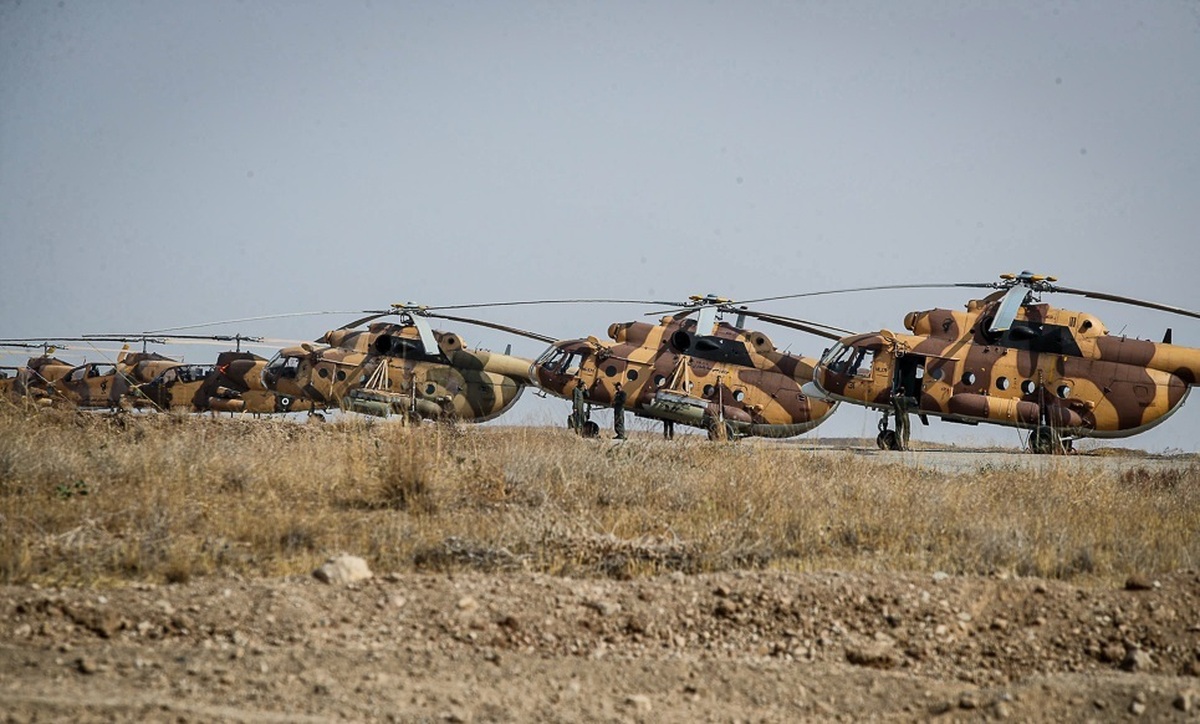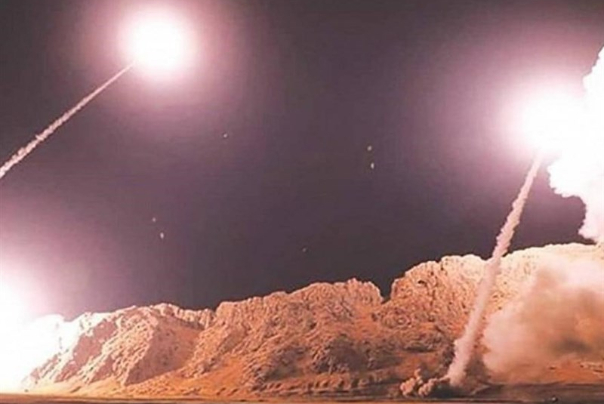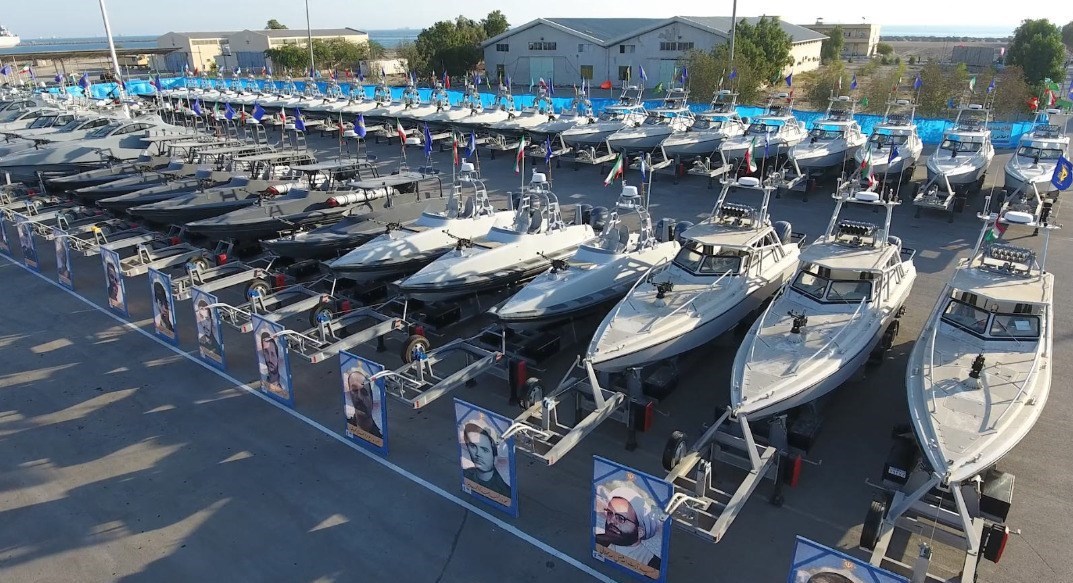
Perspective employees take an exam to qualify for jobs in Iran’s Ministry of Petroleum.
“The children of martyred veteran’s quota will be 25 percent.”
While oil accounts for approximately 20 percent of Iran’s GDP, it funds 30 percent of the government’s official budget, and accounts for far more if oil smuggling by the Islamic Revolutionary Guard Corps (IRGC) is included. In Iran, the Ministry of Petroleum is considered more prestigious than the Ministry of Economy and Finance, the Ministry of Energy, and the Ministry of Industry. The Petroleum Ministry’s staffing requirements have been long been opaque. The current Petroleum Minister Javad Owji has a background in oil engineering and subsequently led the National Iranian Gas Company, but he is the exception: many previous petroleum ministers have been IRGC officers.[i]
The excerpted article from a semi-official Iranian Students’ News Agency sheds light on the ministry’s hiring process, to include necessary exam scores and required documents for the interview phase. A quota system illustrates the segments of society the government seeks to favor, promote, or reward. The importance of the military in Iranian society is clear: candidates should demonstrate military service, be it through conscription or in more elite units like the Revolutionary Guards. There are also specific set-asides—almost one-third of the available positions—for those who are children of Iranian soldiers or paramilitary “volunteers” who died in the Iran-Iraq War or other military operations. This reflects the promotion of the culture of martyrdom and sacrifice that continues to permeate Iranian ideology.[ii] While the Iranian government is notoriously poor at veterans’ services, the high quota for children of those killed in service signals the government’s desire to take care of their posterity.
The need to photocopy both sides of the national identity card likely is part of a loyalty test. The Iranian regime uses periodic elections to prove its legitimacy through popular participation at the ballot box. Outside of the major cities and especially in regions with large ethnic or sectarian minorities, access to civil service jobs and various social services requires demonstrating proof of participation in such elections. Accordingly, Iranians in these areas often ask election workers to stamp their identity cards. (Those who do not wish to endorse the regime then spoil their ballots).[iii] Finally, the requirement to prove residence for a decade reflects a distrust of the Iranian diaspora whose departure is seen as evidence of an unwillingness to sacrifice, or insufficient loyalty, to the Islamic Revolution’s principles. This distrust also explains in part the purpose for the more subjective psychological interviews.
Source:
“Karnameh va Barnameh-e Da’vat beh Mosahebeh Estikhodami Azmun Viarat-e Naft ‘Alam Shod” (Exam Scores and the Invitation to Interview for Oil Ministry Employment Announced),” Iranian Students’ News Agency (an ostensibly private news agency close to Iran’s security and intelligence apparatus), 23 July 2023. https://www.isna.ir/news/1402050100565
The country’s education testing organization announced the schedule for the invitation to job interviews with the Ministry of Petroleum in 2022. Candidates can access their records via the https://result2.sanjesh.org/RSEmp/NOETEmpOilResultKrn140204 / address. The first candidates of the recruitment test for the subsidiaries of the Ministry of Oil for 2022 must carry out the interview process with the following documents….
1) Original and legible image of all birth certificate pages.
2) Original and scanned image of national ID card (front and back)
3) The original and legible copy of both sides of the conscription card or permanent legal exemption or valid certificate showing elite service.
4) Principle and legible image of the required valid educational degree (with mention of grade, major, grade point average and date of graduation)
5) An original and legible copy of self-sacrifice [martyrdom] documents for those seeking qualification to the [children of] martyred veteran’s quota of 25 percent or the martyred volunteer [Basij] quota of five percent. 6) Original and legible image of valid disability certificate with the type of disability (only for candidates participating in the quota of three percent for disabled people)7) The original and legible copy of all pages of the birth certificate of the child or children for those seeking to benefit from the youth law.8) The original completed and verified residence declaration form stamped with the seal of the post office or local police station (for candidates who have resided for 10 years at their residence in Iran)9) The original certificate of education from elementary, middle and high school or the first or second year of high school with the approval of the education department of the relevant province or city with regard to the ten-year history of residence, on the condition of providing a local certificate of the person’s current residence in the province or city where the application is made. 10) Dissertation (only for participants with a master’s degree)The schedule cannot be changed/extended and failure to attend in the assigned time will be considered as a definite withdrawal. A valid invitation is necessary when attending the interview. The supplemental assessment consists of two sections of technical-specialized and psychological interviews, and the participation of volunteers in both sections is mandatory….
Notes:
[i] The Petroleum Ministry’s vital role makes it an important partner for the IRGC whose economic wing, Khatam al-Anbiya, regularly receives no-bid, single-source contracts from the Petroleum Ministry. The United States has sanctioned the government-owned National Iranian Oil Company used by the Ministry of Petroleum to distribute Iranian oil for its IRGC links.
[ii] See: Michael Rubin, “Khamenei Warns Veterans of Declining Revolutionary Fervor” OE Watch, February 2020. https://community.apan.org/wg/tradoc-g2/fmso/m/oe-watch-past-issues/310925/download
[iii] For example, see: Michael Rubin, “Iran’s Supreme Leader Explains Spoilt Ballots” OE Watch, August 2021. https://community.apan.org/wg/tradoc-g2/fmso/m/oe-watch-past-issues/387127/download
Image Information:
Image: Perspective employees take an exam to qualify for jobs in Iran’s Ministry of Petroleum.
Source: https://cdn.isna.ir/d/2023/06/02/3/62627499.jpg?ts=1685702176414
Attribution: Iranian Students’ News Agency







